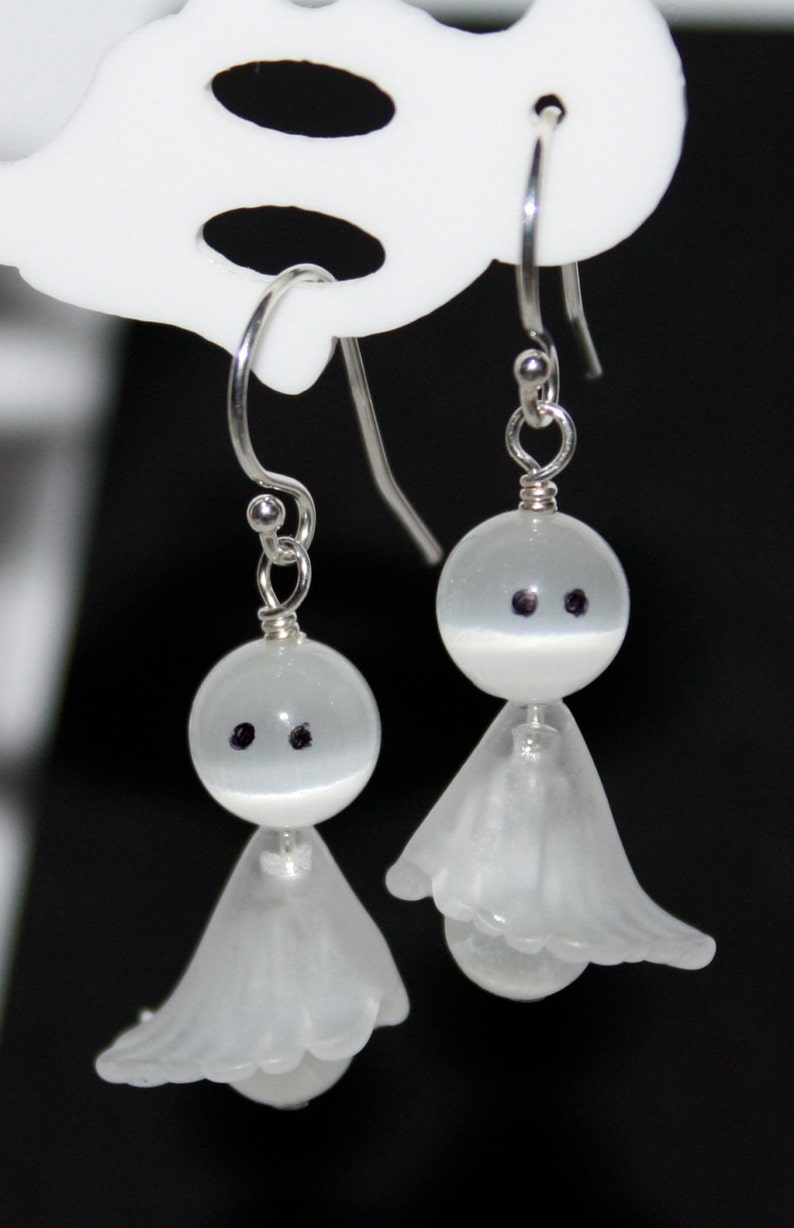

You will notice the larger the stated gauge size, the thinner the wire will be. The first column lists the different gauge sizes of this crafting wire. Let's look at a helpful chart that will help you understand the difference in wire sizes available.
#Findings for earrings how to
It will be essential to learn how to read both as you begin to buy materials. The diameter size is listed most commonly by gauge and typically found as even numbers. This flexible crafting pin wire is generally measured in diameter. Sculpting Wire Gauge Conversion Reference Chart We will look at this a little later on in our lessons, but first, let's understand a bit more about the wire in the head and eye pins.

The goal for an eye pin is to create a link that allows the option of continuing the design to other dangles. The purpose of the headpin is to create a stopping point. This keeps the materials from falling off. This pin-shaped wire has either a head or eye on one end. What is gauge? We'll talk about that in a minute. We hope this guide to jewelry findings has helped you to consider how they can be used! There’s no doubt that jewelry findings are extremely useful and would make a great addition to your beading kit.This type of wire we use for the basic earring findings is pliable enough to shape and manipulate but firm enough to hold its shape based on the wire gauge. Chain tabs are used with a clasp – they attach onto the opposite side so that the clasp has something to attach to (you can also use a jump ring for this purpose). Wire protectors add strength to jewelry stringing wire at the point where it may be weak, for example, near the clasp. Crimp covers can then be placed over crimp beads to hide them. Crimp beads can be squashed down onto jewelry wire to hold your other beads in place.

Other findings that you’ll come across include crimp beads, crimp covers, wire protectors and chain tabs. These findings have connecting holes and links so that you can attach chain or a clasp to them. It’s a good idea to use jewelry glue when fitting cord and ribbon ends for extra security. You can find cord ends in round and barrel shapes and ribbon ends are usually flat, with teeth that sink into the material to secure it. If you don’t want to knot your ribbon and cord jewelry together, you could use cord and ribbon ends which allow you to add a metal fixing to your project. Thankfully, nowadays you can now buy findings as you see them in their present form, saving you a whole heap of time! In those days, jewelers would make findings from leftover bits of metal and eventually, these leftover components became known as findings. Why are these little components called findings? Well, in historical times, jewelers had to make each and every jewelry piece by hand. They are generally available in many different metal finishes, including gold tone, silver tone, antique silver, antique brass, copper and gunmetal. Examples of findings include bails, clasps, jump rings, connectors or head and eye pins. Findings are the bits and bobs that help you piece your jewelry together. The term “jewelry findings” refers to jewelry-making components that aren’t beads, gemstones or stringing materials. In this guide, we’ll be running through the most common types of jewelry findings that you’ll come across and how they can be used.

If you’re new to jewelry-making, you may be wondering what jewelry findings are and why you need them.


 0 kommentar(er)
0 kommentar(er)
